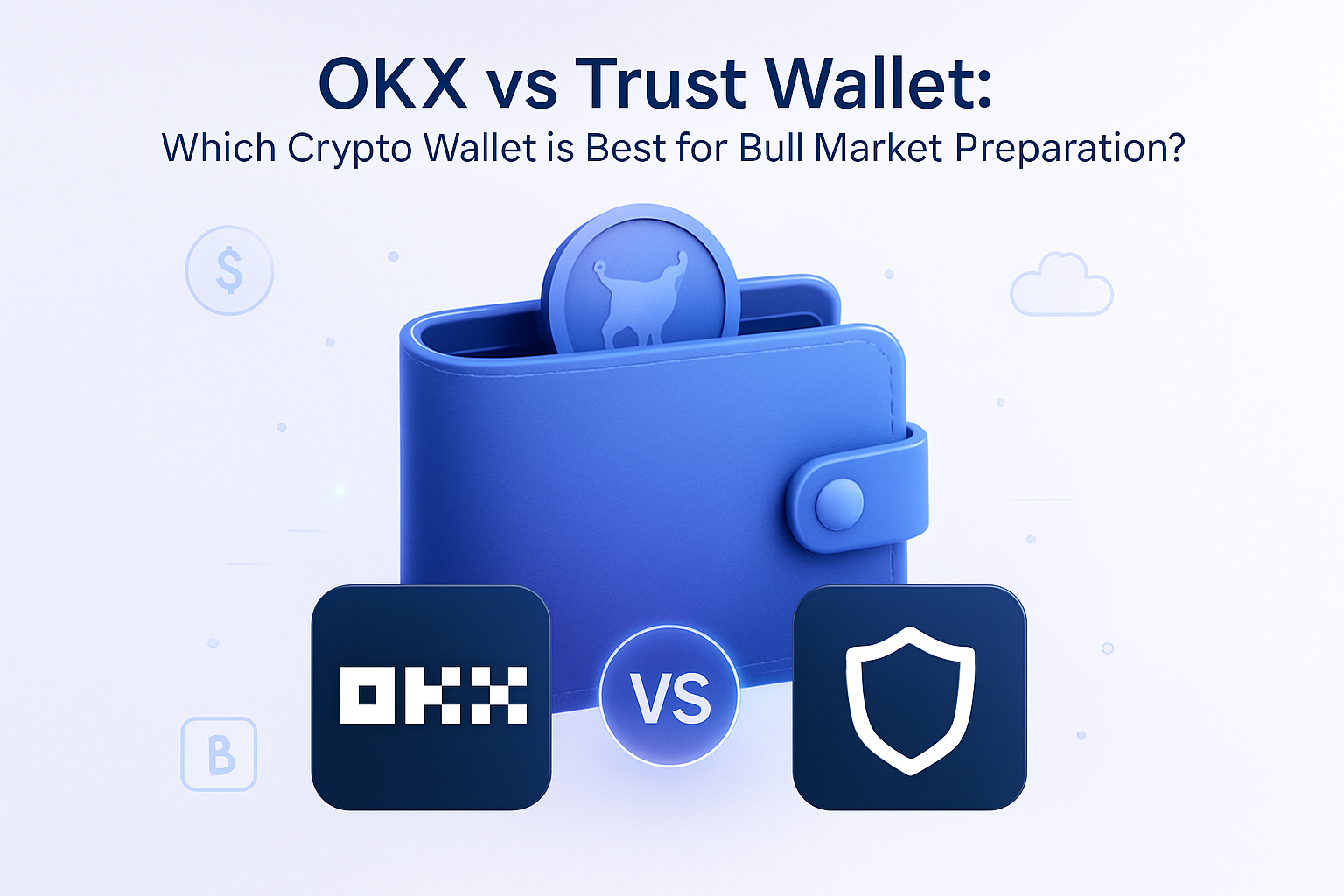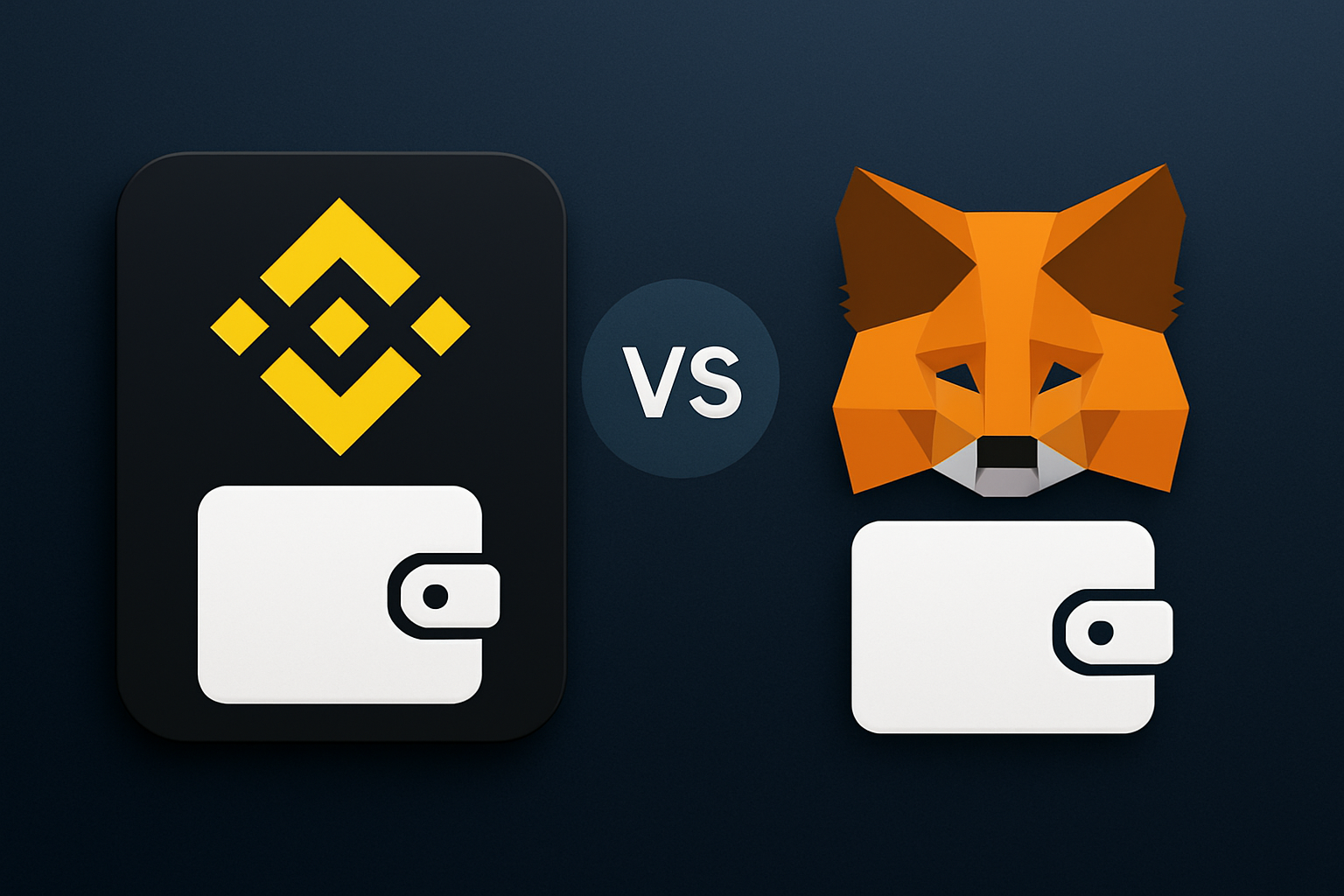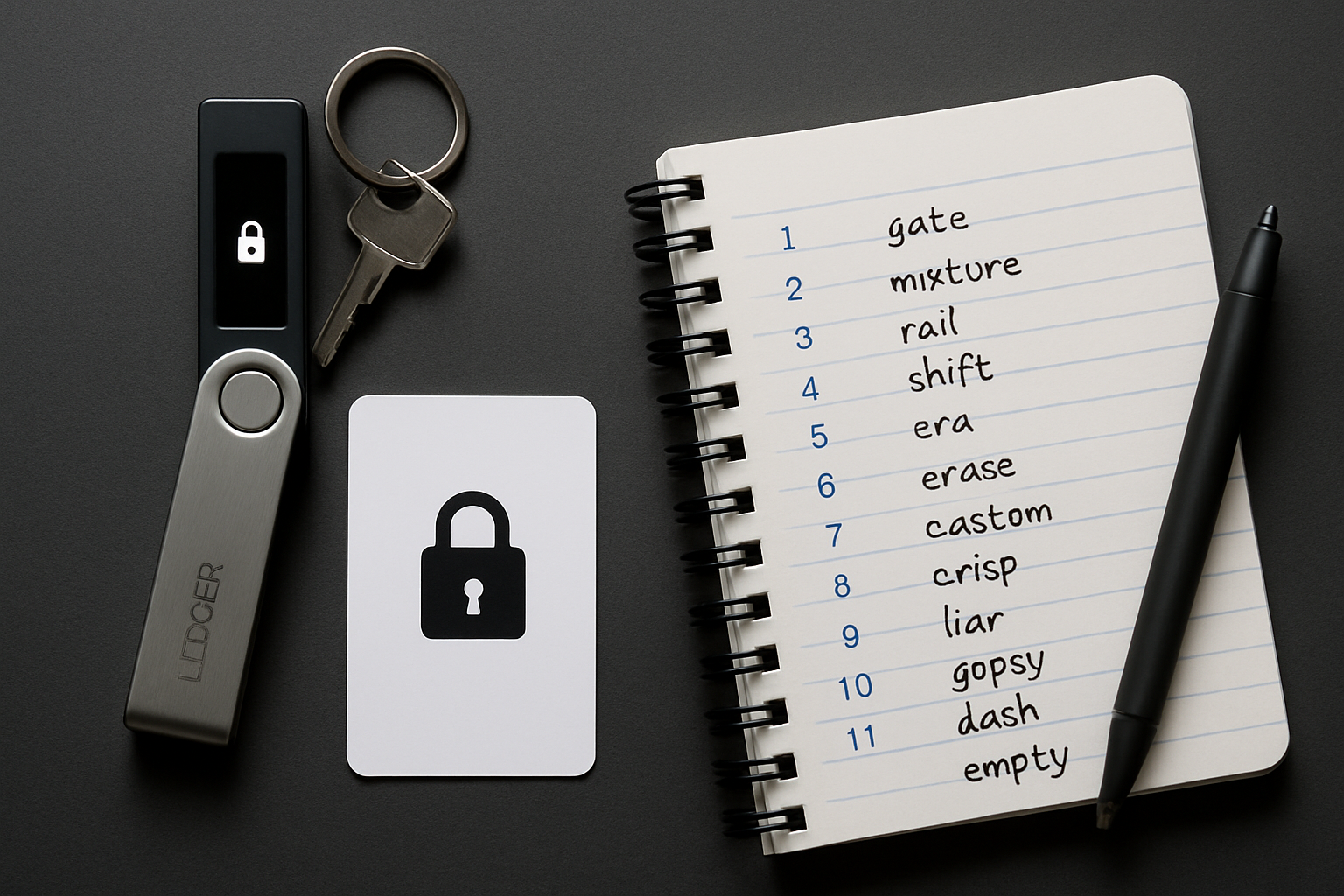Choosing the right hardware wallet is a strategic move in any crypto security plan. With Ledger’s 2025 lineup, two devices stand out for users demanding both robust protection and an intuitive signing experience: the Ledger Flex and Ledger Stax. Both models leverage secure E Ink® touchscreens and advanced clear signing features, but they diverge sharply in design philosophy, display quality, connectivity, and price. This guide dissects their differences to help you decide which fits your crypto custody style.

Display and Design: Visual Clarity Meets Everyday Usability
The most immediate difference between the two wallets is their approach to display technology. The Ledger Stax sports a 3.7-inch curved E Ink® touchscreen, offering a premium feel and an immersive interface for reviewing transaction details. This curvature isn’t just aesthetic; it increases readability from multiple angles, which is crucial when verifying addresses or amounts before signing.
According to Crypternon, the Stax’s slim 6 mm profile and aluminum frame reinforce its high-end positioning, while features like wireless (Qi) charging add modern convenience.
The Ledger Flex, meanwhile, opts for a 2.84-inch flat E Ink® touchscreen. While smaller and slightly thicker at 7.7 mm, it prioritizes portability without sacrificing durability. Its USB-C charging port keeps things simple for users who value straightforward plug-and-play reliability.
Key Design Differences: Ledger Flex vs Ledger Stax
-

Display Size & Shape: Ledger Stax features a 3.7-inch curved E Ink® touchscreen for a more immersive experience, while Ledger Flex uses a 2.84-inch flat E Ink® touchscreen for compact usability.
-

Device Thickness & Build: Ledger Stax is 6 mm thick with an aluminum frame, offering a premium, slim profile. Ledger Flex is 7.7 mm thick, prioritizing portability and durability in a slightly bulkier form.
-

Charging Options: Ledger Stax supports wireless (Qi) charging and USB-C, enhancing convenience. Ledger Flex relies solely on USB-C charging.
-

Connectivity: Both devices include Bluetooth, USB-C, and NFC connectivity, but only Ledger Stax adds wireless charging to its feature set.
-

Customization & User Experience: Both wallets allow personalized lock screens with images or NFTs. The Stax’s larger, curved display offers a more comfortable transaction review, while Flex focuses on a streamlined, compact interface.
-

Price Point: Ledger Stax is priced at $399, reflecting its premium features, while Ledger Flex offers a more affordable entry at $249.
Security Architecture: Clear Signing on Both Fronts
No matter which device you choose, core security is uncompromised. Both wallets utilize a CC EAL6 and certified Secure Element chip, among the highest standards in consumer cryptography hardware. This means your private keys never leave the device, insulating them from software-based attacks.
Clear Signing, a standout feature on both models, lets users review every transaction detail directly on the device screen before approval, eliminating blind signing risks that have plagued less sophisticated hardware wallets in the past. For anyone serious about mitigating phishing or malware threats during DeFi or NFT operations, this is non-negotiable.
Connectivity and Customization: Balancing Features With Budget
The connectivity suite further distinguishes these devices:
- Ledger Stax: Bluetooth, USB-C, NFC support plus wireless charging capability.
- Ledger Flex: Bluetooth, USB-C, NFC, no wireless charging but still highly versatile.
This means Stax edges ahead for those who want cable-free charging as part of their daily workflow or plan to use their wallet extensively with mobile devices via Bluetooth.
User experience also benefits from customization options on both wallets; you can personalize lock screens with images or NFTs, a subtle but meaningful feature for NFT collectors or anyone wanting a unique visual signature when accessing their assets.
Customization Features on Ledger Flex vs Ledger Stax
-

Personalized Lock Screen Images: Both Ledger Flex and Ledger Stax allow users to set custom images or NFTs as their lock screen background, enhancing device personalization.
-

Larger, Curved Display for Enhanced Viewing (Stax Only): The Ledger Stax features a 3.7-inch curved E Ink® touchscreen, offering a more immersive and comfortable interface for reviewing transactions and personalizing the display.
-

Flat, Compact Display for Portability (Flex Only): Ledger Flex utilizes a 2.84-inch flat E Ink® touchscreen, providing a streamlined interface in a more compact form factor, ideal for users prioritizing portability.
-

Wireless Charging Support (Stax Only): Ledger Stax supports Qi wireless charging, allowing users to customize their charging setup for added convenience and a clutter-free workspace.
-

User Interface Personalization: Both devices offer a user-friendly interface with customizable navigation, making it easy to access frequently used features and tailor the experience to individual preferences.
Price Point Analysis: Which Offers Better Value?
The final, and often decisive, factor is price. As of July 29,2025:
- Ledger Stax: $399 (premium tier)
- Ledger Flex: $249 (affordable flagship)
This $150 gap reflects not just screen size or materials but added features like wireless charging and that immersive curved display experience.
If your priority is maximum visual clarity for transaction review (especially with complex DeFi actions), Stax justifies its higher price tag.
If you want robust security with clear signing at a more accessible entry point, and don’t mind plugging in to recharge, Flex delivers outstanding value without compromise on safety fundamentals.
There’s no universal winner in the Ledger Flex vs Ledger Stax debate, only the best fit for your operational style and portfolio needs. The Stax’s larger, curved E Ink touchscreen is a game-changer for those who routinely sign high-value or multi-step transactions. Its enhanced readability and wireless charging are tailored for power users who demand both luxury and efficiency in their crypto hardware.
On the other hand, the Flex’s compact design and straightforward USB-C charging make it ideal for on-the-go holders or anyone who wants maximum security in a smaller, more affordable package. It’s a strong statement that you don’t have to sacrifice core protection or clear signing functionality to stay within budget.
Real-World Scenarios: Who Should Choose Which?
Your choice will hinge on how you interact with your assets:
Who Should Choose Ledger Flex vs Ledger Stax?
-

Frequent Travelers & On-the-Go Users: The Ledger Flex is ideal for users who prioritize portability and durability. Its compact 2.84-inch flat E Ink® touchscreen and robust build make it easy to carry and use securely in various environments.
-

Budget-Conscious Crypto Holders: With a price of $249, the Ledger Flex offers advanced security and clear signing at a more accessible cost, making it suitable for those seeking reliable protection without premium features.
-

Power Users & NFT Enthusiasts: The Ledger Stax caters to users who value a premium experience, thanks to its large 3.7-inch curved E Ink® touchscreen and customizable lock screen for displaying NFTs or images.
-

Users Requiring Wireless Convenience: The Ledger Stax supports Bluetooth, NFC, and Qi wireless charging in addition to USB-C, making it perfect for those who want seamless connectivity and charging options.
-

Professionals Managing Multiple Assets: Both devices support a wide range of cryptocurrencies and offer Clear Signing for secure transaction verification. However, the Ledger Stax‘s larger screen provides a more comfortable experience for reviewing complex or frequent transactions.
If you’re an NFT collector wanting to showcase art on your lock screen, or a DeFi enthusiast frequently reviewing complex contract data, the Stax’s display advantage is tangible. For users prioritizing mobility, backup device rotation, or simply seeking a reliable entry into secure self-custody, Flex is tough to beat at $249.
If your workflow involves regular transaction reviews or multi-signature operations, investing in visual clarity pays dividends over time. But if your focus is long-term holding with occasional transactions, the Flex offers all essential protections without excess.
Community Feedback: What Users Are Saying
The crypto community has weighed in with nuanced takes on clear signing crypto wallets and E Ink touchscreen hardware wallet usability:
Users highlight that both devices deliver peace of mind through transparent transaction verification, something legacy wallets often lacked. The consensus? Security parity between models lets buyers focus on personal ergonomics and workflow needs rather than technical compromises.
Comparison Table: Key Specs at a Glance
Ledger Flex vs Ledger Stax: Side-by-Side Specs (2025)
| Feature | Ledger Flex | Ledger Stax |
|---|---|---|
| Price | $249 | $399 |
| Screen Size | 2.84-inch flat E Ink® touchscreen | 3.7-inch curved E Ink® touchscreen |
| Connectivity | Bluetooth, USB-C, NFC | Bluetooth, USB-C, NFC, Wireless Charging |
| Charging Method | USB-C | Wireless (Qi) Charging |
Strategic Takeaways: Making Your Decision
If you’re weighing which model to trust with your digital assets, consider these factors:
- Transaction Volume and Complexity: More frequent/complex transactions favor the larger display of Stax.
- Budget Sensitivity: Flex delivers flagship-grade security at $249, an attractive entry point for most users.
- Lifestyle Fit: Wireless charging and display customization may tip the scales if you prize convenience or aesthetics.
No matter which device you choose from Ledger’s next-gen lineup, both represent a leap forward in clear signing technology, helping users mitigate risk while maximizing control over crypto self-custody.




